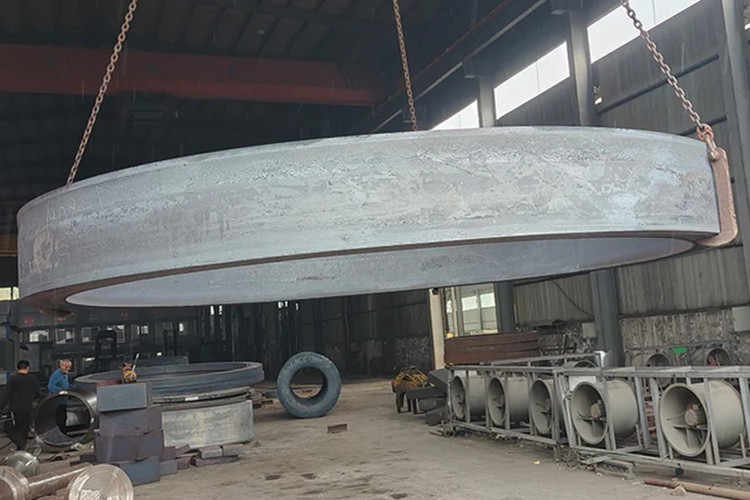- tyler@kirail.com
- +86 15603721115
The traditional manufacturing method of large forgings adopts large ingots, blanking, and free forging. However, with the continuous development of major equipment, the requirements for large forgings are getting higher and higher. Not only are the specifications and cross-sections getting larger and larger, but the intrinsic quality is also constantly improving. Traditional manufacturing methods can no longer meet the requirements. In order to meet the needs of high-end equipment and achieve the goal of large forgings taking into account both shape and quality, it is urgent to change the manufacturing method. To this end, extreme manufacturing methods such as billet homogenization, integrated manufacturing, and die forging, represented by the upgrading of traditional ingot manufacturing technology and the development of new additive manufacturing technology, have emerged.

Large forgings are basic parts of equipment such as power, metallurgy, petrochemicals, ships, mining, aerospace, and military industry. Driven by the economy, they involve a wide range of fields and are an indispensable and important part of the equipment manufacturing industry chain.
The traditional manufacturing method of large forgings is free forging. "Fat head and big ears" and "silly big black" were once synonymous with large forgings. To reverse the passive situation of low material utilization, high cost, and unstable quality of large forgings, it is necessary to innovate and develop, challenge the "impossible", and realize the transformation and upgrading of large forgings. The goal of ultimate manufacturing is achieved through homogenization, integration, die forging and other methods.